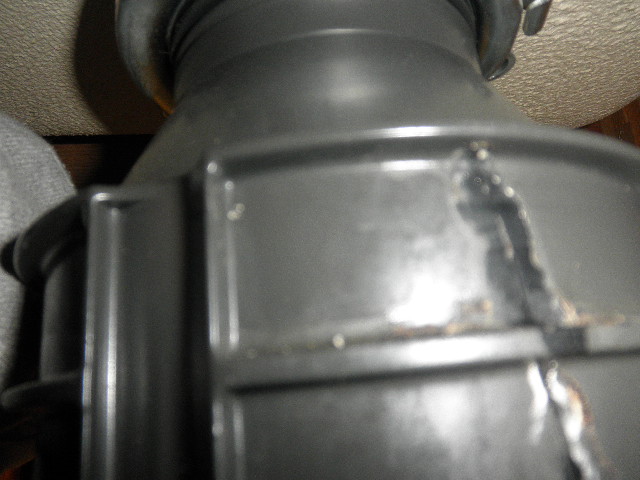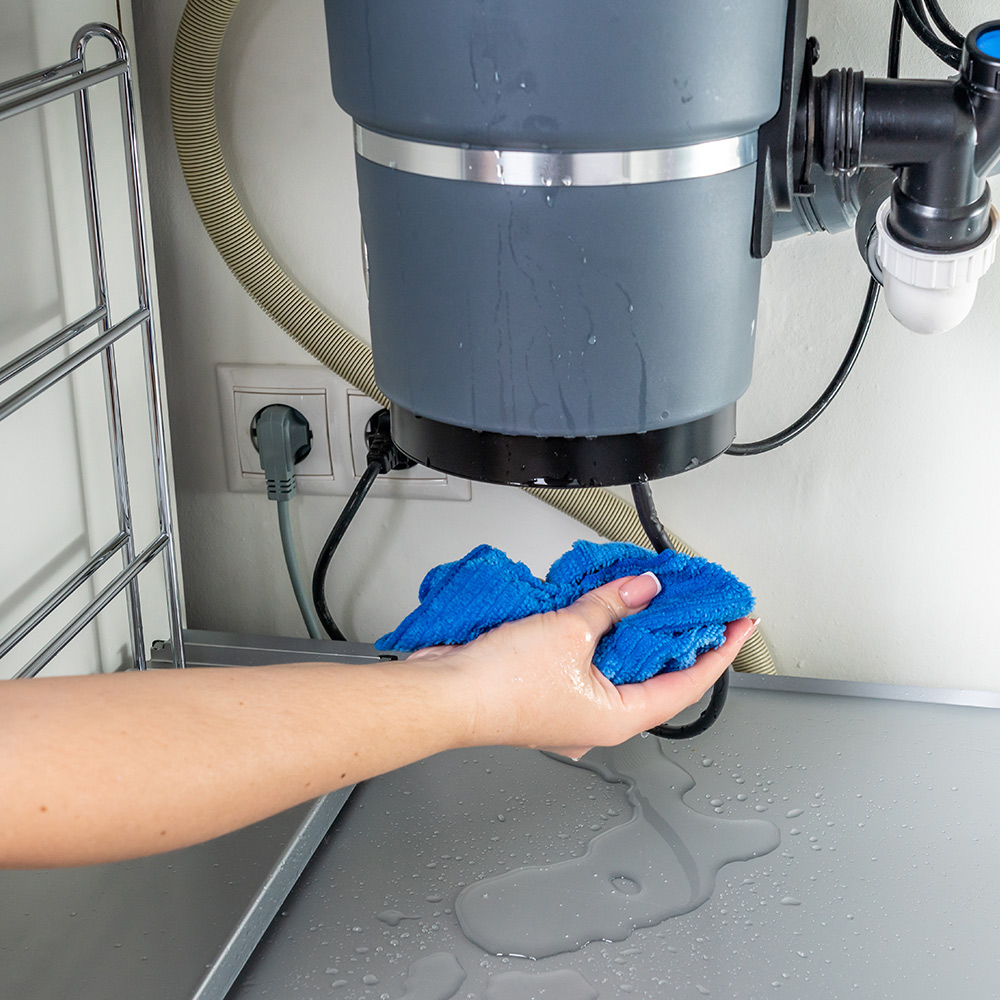The Definitive Guide to Fixing a Leaky Waste Disposal Unit
Call TodayOn this page in the next paragraph you will discover additional superb data in relation to Tips on Fixing a Leaking Garbage Disposal.

Garbage disposals are crucial kitchen home appliances that assist in taking care of food waste successfully. Nevertheless, a leaking garbage disposal can be an irritating and unpleasant problem to deal with. The good news is, numerous leakages can be dealt with quickly with a few simple actions. In this article, we will certainly talk about just how to fix a dripping garbage disposal properly.
Introduction
Waste disposal unit are mounted under kitchen sinks and are made to shred food waste into smaller items, enabling it to go through the pipes system conveniently. While these tools are generally trusted, leakages can take place gradually as a result of deterioration, loosened links, or damage to the unit.
Typical Causes of Leaks in Trash Disposals
Worn Seals and Gaskets
Seals and gaskets play a vital duty in avoiding water from dripping out of the waste disposal unit. Gradually, these elements can deteriorate, leading to leakages around the disposal device.
Loose Links
The links in between the garbage disposal and the pipes system can come to be loosened over time, triggering water to leak out during procedure.
Fractures or Holes in the Disposal System
Physical damage to the garbage disposal, such as splits or holes in the housing, can additionally result in leakages.
Identifying the Source of the Leak
Before trying to fix a dripping waste disposal unit, it is essential to recognize the resource of the leakage. This can typically be done through aesthetic assessment or by carrying out easy examinations.
Visual Evaluation
Check the garbage disposal device carefully for any type of indications of water leakage. Pay close attention to areas around seals, gaskets, and link factors.
Evaluating for Leakages
One method to evaluate for leakages is by running water via the disposal device and checking for any noticeable indicators of leak.
Tools and Materials Needed for Fixing a Leaking Garbage Disposal
Before beginning the repair procedure, collect the required devices and materials, consisting of a screwdriver, adjustable wrench, plumbing professional's putty, replacement seals or gaskets, and epoxy or patching material for repairing splits or holes.
Step-by-Step Guide to Taking Care Of a Leaking Garbage Disposal
Switch off the Power
Prior to attempting any kind of fixings, make sure that the power to the waste disposal unit device is switched off to stop the danger of electric shock.
Locate the Leak
Identify the exact place of the leak and determine the reason.
Tighten up Links
Utilize a wrench to tighten any kind of loose links between the disposal unit and the plumbing system.
Change Seals or Gaskets
If the leakage is due to worn seals or gaskets, remove the old components and change them with new ones.
Patching Splits or Holes
For fractures or holes in the disposal system, usage epoxy or an appropriate patching product to secure the damaged location.
Checking the Waste Disposal Unit After Fixing
Once the fixing is full, check the garbage disposal by running water with it to guarantee that the leakage has been solved.
Preventive Upkeep Tips to Stay Clear Of Future Leakages
To avoid future leakages, it is essential to execute normal maintenance on your garbage disposal. This consists of keeping it tidy, preventing placing non-food products or tough items down the disposal, and regularly looking for leaks or other issues.
Verdict
Finally, repairing a leaking garbage disposal is a fairly straightforward process that can be completed with standard tools and materials. By complying with the actions outlined in this post and exercising precautionary maintenance, you can keep your waste disposal unit in good working problem and prevent expensive repairs in the future.
HERE’S HOW TO FIX YOUR GARBAGE DISPOSAL
WHAT TO DO IF SOMETHING IS STUCK IN YOUR GARBAGE DISPOSAL
If the impeller won’t turn, there’s probably something stuck in the disposal. It could be a steak bone or peach pit, although plumbers report pulling all sorts of inappropriate objects out of disposals, such as bottle caps or aluminum foil. Make sure power to the disposal is off, and look inside to see if you can see the source of the jam.
Never stick your fingers in a disposal. Pull out anything you see with tongs or pliers.
If the disposal still won’t work, it may be time to call a plumber or consider buying a new disposal. GEM Plumbing & Heating is here for all of your garbage disposal needs.
WHAT TO DO IF YOUR GARBAGE DISPOSAL DRAIN IS CLOGGED
Take everything out from underneath your sink and put a bucket or other container under your disposal to catch any water that drains out. Disconnect your disposal from the power supply. If it’s plugged into a wall outlet, unplug it. If it’s hardwired into an electrical box, go to the electrical panel and turn off the breaker for the disposal. Pour ¼ cup of baking soda into the drain, followed by ½ cup of white vinegar. Give the solution a few minutes to fizz and do its work. Look into the disposal with a flashlight to see if you can see an object that might be causing the clog. If you see it, remove it using tongs or pliers. MORE TIPS ON DEALING WITH A CLOGGED GARBAGE DISPOSAL
Never use drain cleaner in a garbage disposal. It can damage the plastic parts inside the disposal. You can also be splashed with the caustic liquid while working to clear the clog. Beware! Never stick your fingers into a garbage disposal. Trust us — not a good idea. In many instances, your dishwasher drains through your garbage disposal. This allows the disposal to grind any large food particles that may be drained out of your dishwasher. There are some jurisdictions, however, where the plumbing code prohibits such a connection. WHAT TO DO WHEN YOUR DISHWASHER DRAINS THROUGH THE DISPOSAL
Run some water in the sink so your plunger has at least a ½-inch of water to create a seal and plunge vigorously up and down several times. You may need to repeat this several times. Run hot water down the drain to clear any residue that remains.

We were brought to that write-up on Why Is from someone on a different domain. Loved our piece of writing? Please share it. Let others discover it. Thanks for your time. Visit us again soon.
Click Here